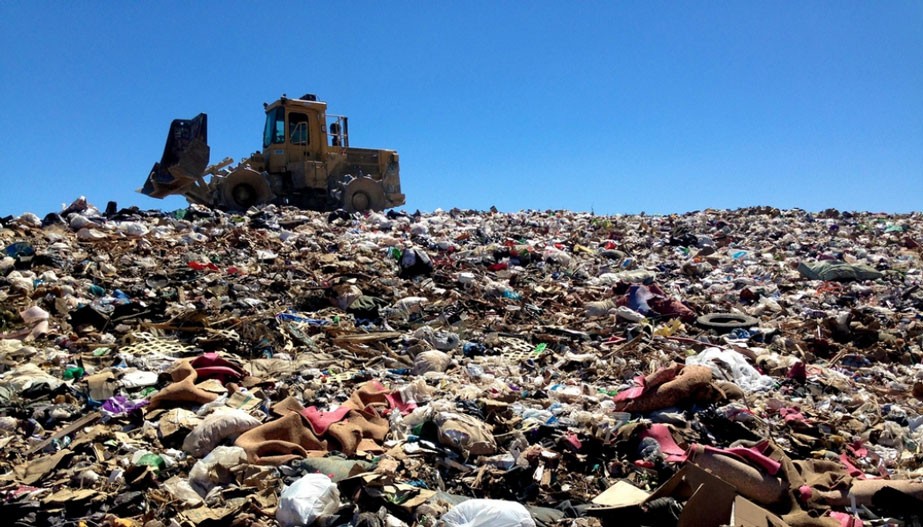Despite a high percentage of American homes separating recyclable materials from trash and a growing awareness of the lack of available space in landfills, the United States is quickly running out of places to put its trash. Currently, only about one-third of the waste that people put on their curb for garbage pick-up eventually gets recycled. That means the other two-thirds of the 258 million tons of solid waste ends up in landfills.
Landfills in the United States Reaching Their Capacity
According to an organization called SWEEP, which stands for Solid Waste Environmental Excellence Protocol, many of the nation’s 2,000 landfills will reach maximum capacity by 2035. Northeast states will likely reach capacity first while those in the West have a bit more room to store trash.
China’s recent ban on accepting low-grade plastics and other types of material difficult to recycle here is one of the largest contributing factors to landfills that can’t hold any more trash. It’s easy to see the enormity of this problem considering that one-sixth of discarded materials in the United States previously went to China. The problem has already grown so large that some states have no choice but to ship waste to other states due to lack of landfill space.
What Takes Up the Most Landfill Space?
Paper, which could easily be recycled simply by placing it in the appropriate bin, is the material most often found in landfills. It accounts for a full 40 percent of contents of the typical landfill, 13 percent of which contains newspapers.
Unfortunately, paper does not decompose easily when it ends up in the trash and eventually a landfill. That is because compacting paper with all other trash to make more room actually slows the process of decomposition. It can take more than 50 years for newspapers to disintegrate in this environment. Packaging material comes in a close second to paper for materials that end up in a landfill that could have been recycled.
America the Leading Trash Producer in the World
People sometimes assume that their individual efforts don’t matter when it comes to environmental issues. This simply isn’t true. Statistics currently indicate that each American disposes of 1,200 pounds of organic waste that could have been recycled every year. The United States holds the unfortunate distinction of producing more trash than any nation in the world. Although only five percent of the world’s population lives in America, they produce 40 percent of all trash.
The cost to recycle one ton of trash is approximately $30. In contrast, the typical cost of sending trash to a landfill is $50 per ton and $70 per ton to incinerate it. These costs ultimately find their way to the consumer.
What is the Solution?
There are no easy answers to the nationwide trash crisis. In an attempt to be proactive, some communities are enacting zero waste policies now. Zero waste programs encourage minimal waste production among residents and repairing, composting, reusing, or recycling unwanted materials to keep them out of landfills that are already at the breaking point.






Leave A Comment